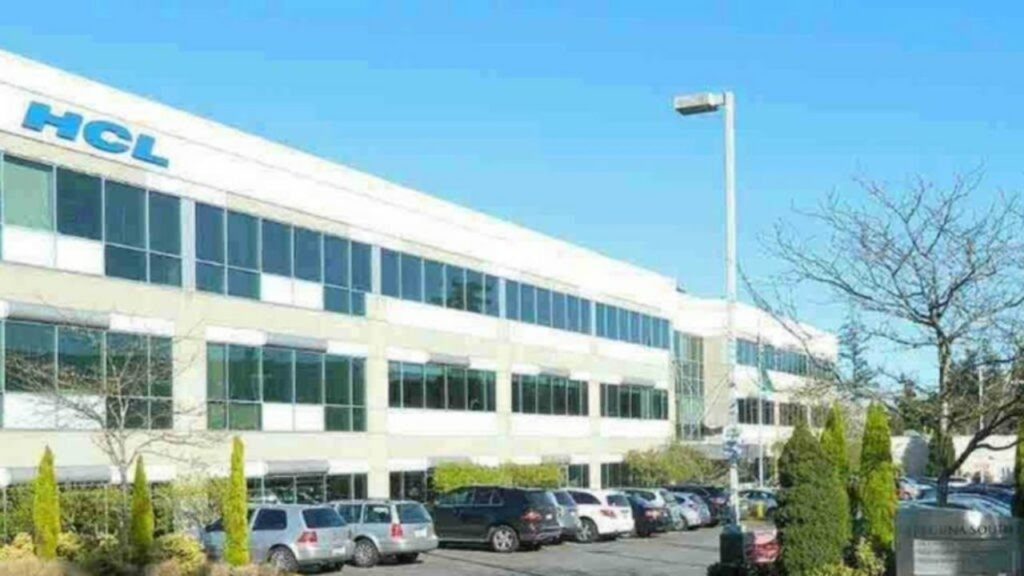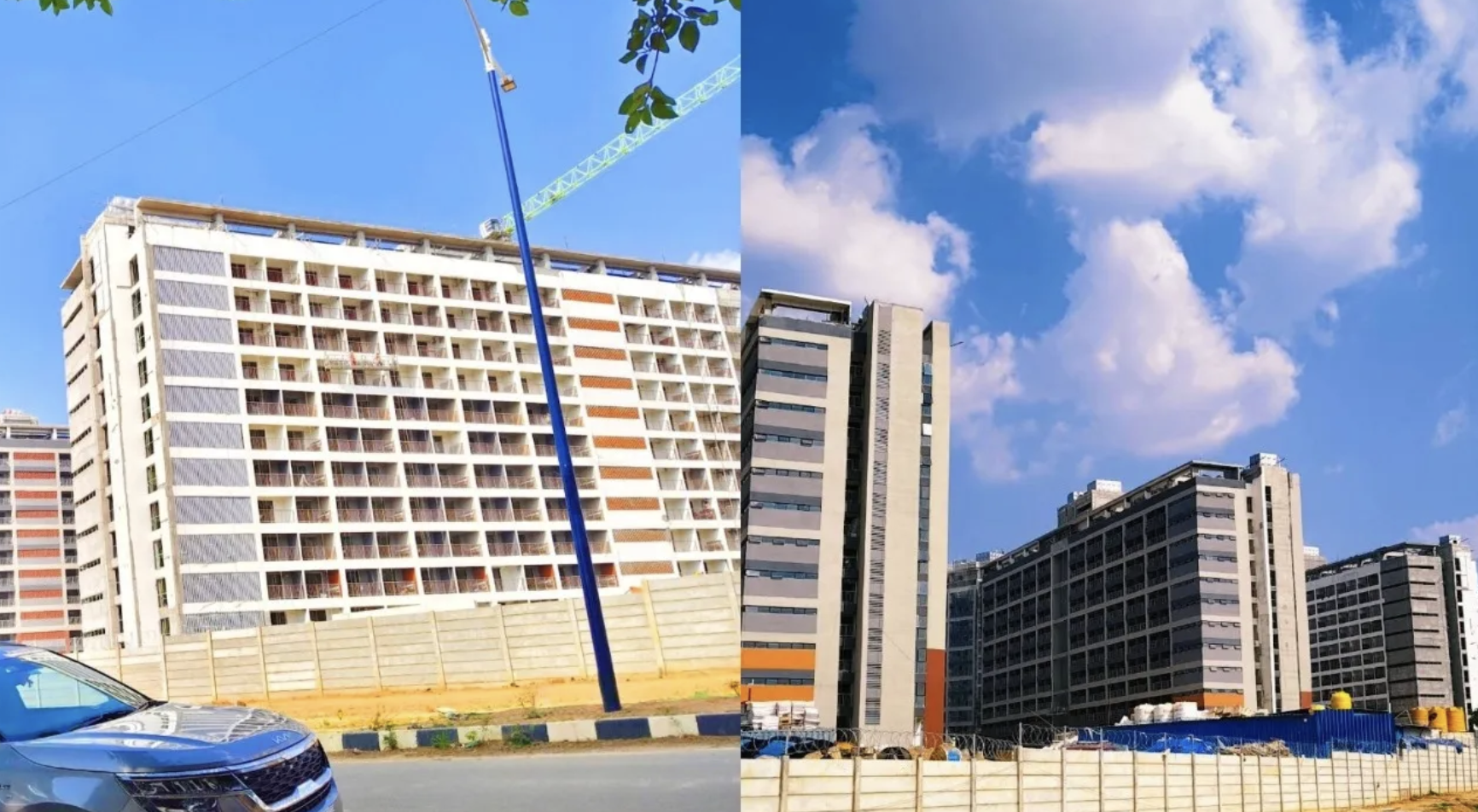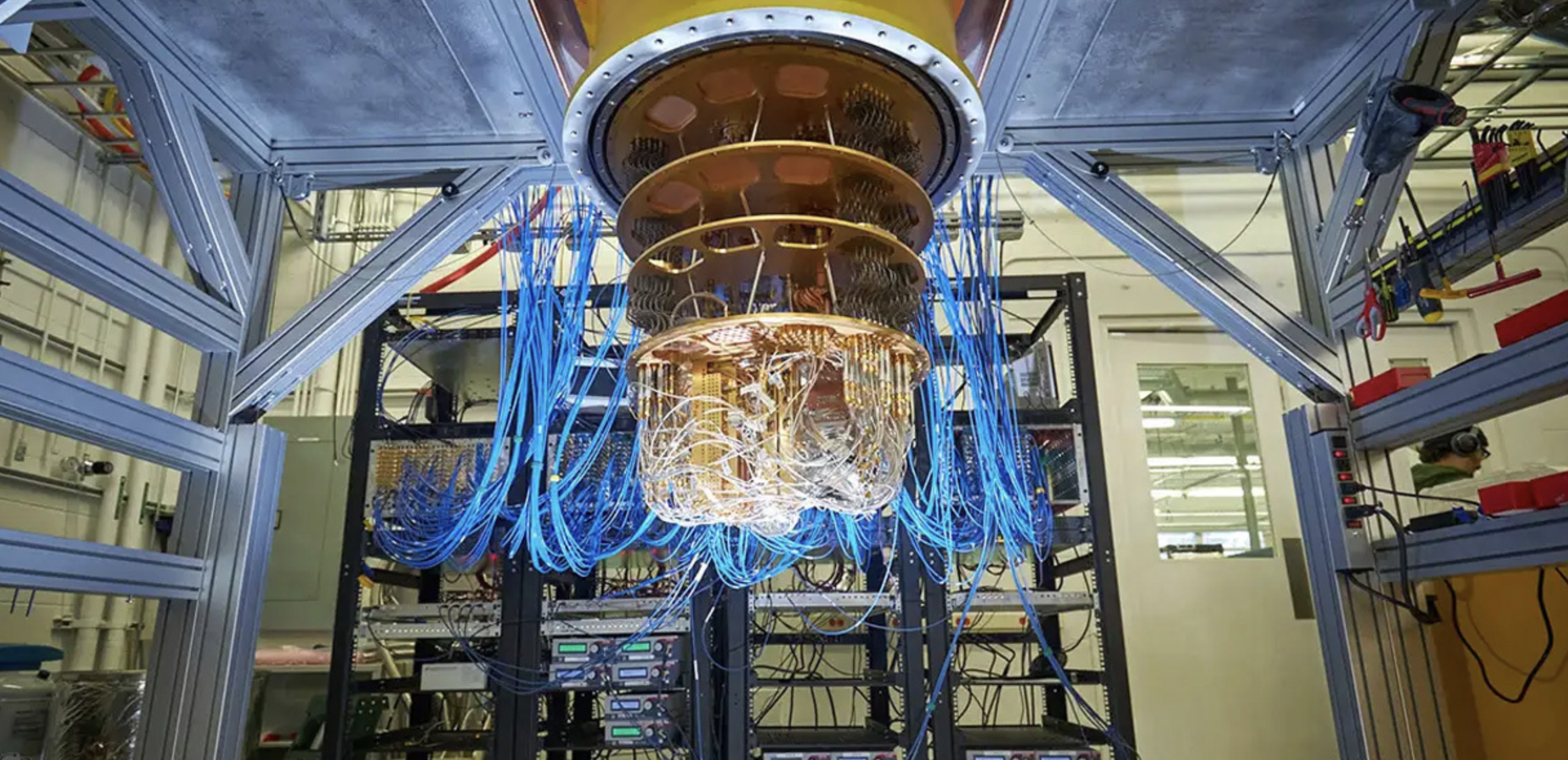HCL Tech CEO C. Vijayakumar earned a total salary of $3.46 million in the 2023 fiscal, the lowest among the top five IT companies in India.
In contrast, last year Vijayakumar was the highest-paid, having earned Rs 130 crore ($16.52 million).

Salary components
The total amount includes a base salary of $2 million, a performance-linked bonus of $1.43 million, and benefits, perquisites, and allowances worth $0.03 million.
This is nearly 80% less than the $16.5 million, or about Rs 130 crore, he earned in FY22.
Long-term incentives
According to the company’s annual report, the pay decline had to do with the absence of long-term incentives, or LTI which are payable every two years on “achievement of milestones or parameters decided by the board”.
Last fiscal, Vijayakumar earned $12.50 million in LTI.
He will receive the LTI for FY22 and FY23 at the end of FY24.
Rival salaries
Until last year, Vijayakumar was the highest-paid CEO in India’s IT industry. However, he made the least among peers this year.
In comparison, Tata Consultancy Services Ltd.’s former CEO, Rajesh Gopinathan, earned Rs 29.16 crore in FY23.
He was followed by Tech Mahindra Ltd.’s outgoing CEO, CP Gurnani, at Rs 30.14 crore, Infosys’ Salil Parekh at Rs 56.44 crore, and Wipro’s Thierry Delaporte was the highest paid at Rs 82 crore.
Macroeconomic environment
Vijayakumar said that in FY24, they continue to operate in an “environment of high volatility”.
“A combination of factors including geopolitical uncertainties, rising inflation and softening of consumer spending in a few sectors are creating some turbulence in the market,” he said.
Revenue milestone
In his letter to shareholders, Vijayakumar shared that despite these uncertain times, the company crossed the Rs 1 lakh crore revenue milestone.
“Our revenues crossed the Rs 1,00,000 crore milestone and our employee base reached the 2,25,000 mark (including an intake of 25,000 plus entry-level employees), while our service portfolio … all punched in equal weight,” he said.
Industry outlook
“The rally in technology spending triggered by the pandemic is now stabilising, and clients are consolidating their technology spends to ensure speed and focus on the most cost-effective and revenue-impacting technologies,” he said.
“Enterprises are also consolidating vendors that have delivered with consistency, efficiency, and measurable impact and can offer a large suite of services.”












